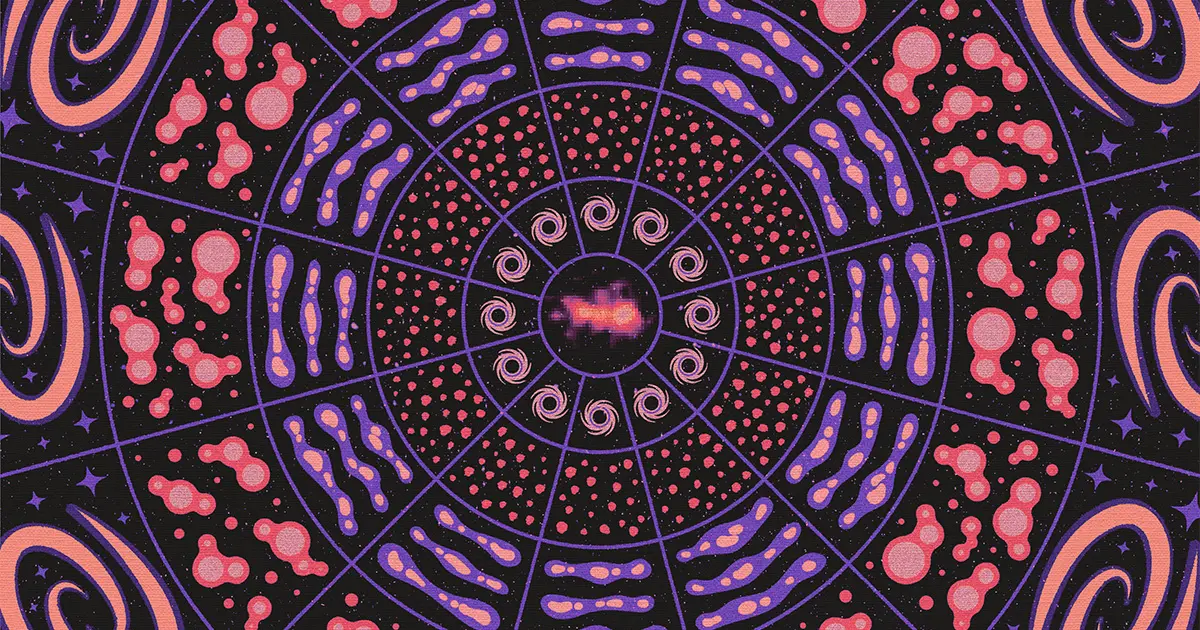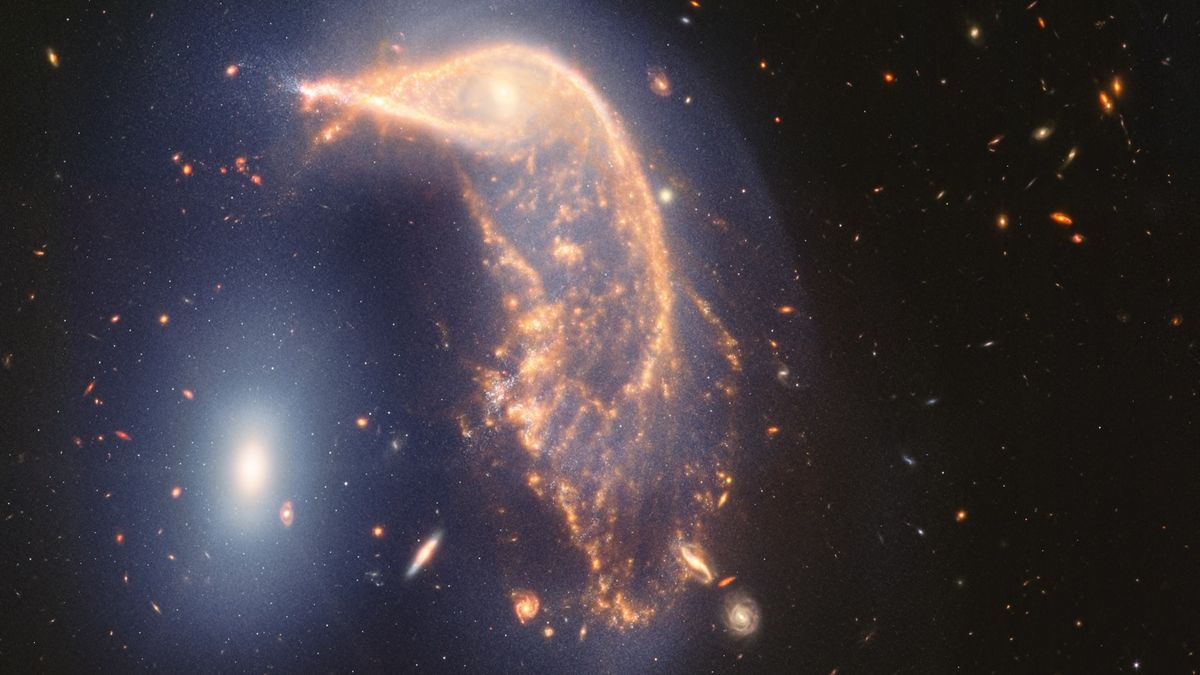


The James Webb Space Telescope (JWST) has made groundbreaking discoveries about the early universe, revealing unexpectedly bright and massive galaxies, including JADES-GS-z14-0, which is the earliest known galaxy observed as it appeared just 300 million years after the Big Bang. This significant finding was part of a collaborative effort involving Kevin Hainline from the University of Arizona and was discussed at a recent conference at the Kavli Institute for Theoretical Physics, where over 100 astrophysicists gathered to explore these revelations [ba79156e].
The JWST's observations have raised intriguing questions about the brightness of these early galaxies. Theories suggest that changes in the initial mass function, bursts of star formation, and more efficient star formation processes in the early universe could explain their luminosity. Additionally, the formation of supermassive black holes has become a topic of debate, with some theorists proposing that they originated from massive gas clouds in the primordial universe [ba79156e].
In conjunction with these findings, the JWST has identified a new class of astronomical objects referred to as 'little red dots.' This discovery adds another layer to our understanding of cosmic history and the formation of structures in the universe. The upcoming Nancy Grace Roman Space Telescope and Vera Rubin Observatory are anticipated to further advance research in this area, potentially providing even more insights into the early universe and its complexities [ba79156e].
These discoveries come alongside the JWST's earlier achievements, including capturing stunning images of the Penguin and Egg galaxies, which are in the process of merging. The telescope's infrared capabilities have allowed scientists to observe the intricate details of these galaxies, revealing their warped appearances due to gravitational interactions. This ongoing research into galaxy formation and evolution continues to enrich our understanding of the cosmos [4e6b4a0a] [d892dcb6].
Dr. Jane Rigby, a senior scientist at the JWST, emphasizes the importance of these findings, stating that they provide new insights into the formation of stars and galaxies since the telescope's launch. The JWST has not only captured images of distant galaxies but has also provided detailed observations of our solar system, including planets like Jupiter and Uranus, showcasing the telescope's versatility and power [d892dcb6].
As the JWST continues to unveil the mysteries of the universe, its contributions to astrophysics and our understanding of cosmic history remain invaluable, paving the way for future discoveries [d892dcb6].